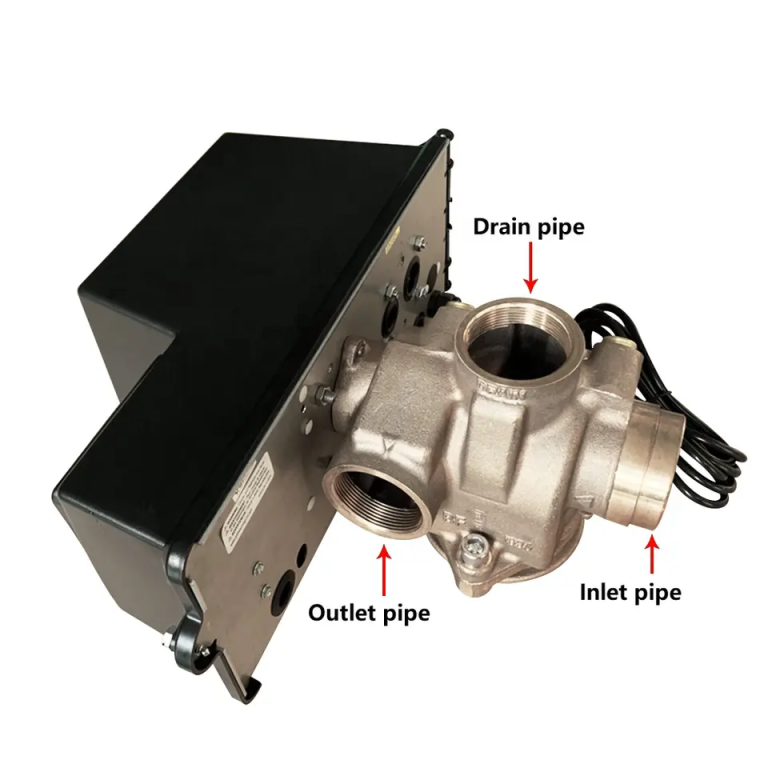Tagline: “Reliable and durable, peak flow meters built to last.”
Understanding the Lifespan of Peak Flow Meters
Understanding the Lifespan of Peak Flow Meters
Peak flow meters are essential tools for individuals with respiratory conditions such as asthma. These devices measure the maximum airflow that a person can exhale forcefully, providing valuable information about the state of their lungs. However, like any other medical device, peak flow meters have a limited lifespan. Understanding how long these devices last is crucial for individuals who rely on them for managing their respiratory health.
The lifespan of a peak flow meter can vary depending on several factors. One of the primary factors is the quality of the device itself. Higher-quality peak flow meters are typically made with durable materials that can withstand regular use and potential accidental drops. These devices often come with a longer lifespan compared to cheaper, less durable alternatives.
Another factor that affects the lifespan of a peak flow meter is the frequency of use. Individuals who use their peak flow meters multiple times a day may find that their devices wear out more quickly compared to those who only use them occasionally. The constant movement of the internal components and the pressure exerted during each use can gradually wear down the device over time.
Proper maintenance and care also play a significant role in extending the lifespan of a peak flow meter. Regular cleaning and disinfection are essential to prevent the buildup of dust, debris, and bacteria that can affect the accuracy of the device. Additionally, storing the peak flow meter in a protective case or pouch when not in use can help prevent accidental damage.
On average, a well-maintained peak flow meter can last anywhere from one to three years. However, it is important to note that this is just an estimate, and individual experiences may vary. Some individuals may find that their peak flow meters last longer, while others may need to replace their devices sooner.
There are several signs that indicate a peak flow meter may need to be replaced. One common sign is a decrease in accuracy. If the readings become inconsistent or significantly different from previous measurements, it may be time to consider getting a new device. Additionally, visible signs of wear and tear, such as cracks or loose parts, should not be ignored, as they can affect the functionality of the device.
It is also worth mentioning that advancements in technology may lead to the development of more accurate and efficient peak flow meters over time. As new models become available, individuals may choose to upgrade their devices to take advantage of these improvements. However, it is important to consult with a healthcare professional before making any changes to ensure that the new device is suitable for the individual’s specific needs.
In conclusion, understanding the lifespan of peak flow meters is crucial for individuals with respiratory conditions. Factors such as device quality, frequency of use, and proper maintenance can all affect how long these devices last. While the average lifespan is one to three years, individual experiences may vary. Recognizing signs of wear and tear and consulting with a healthcare professional are essential for ensuring accurate and reliable measurements of lung function.








